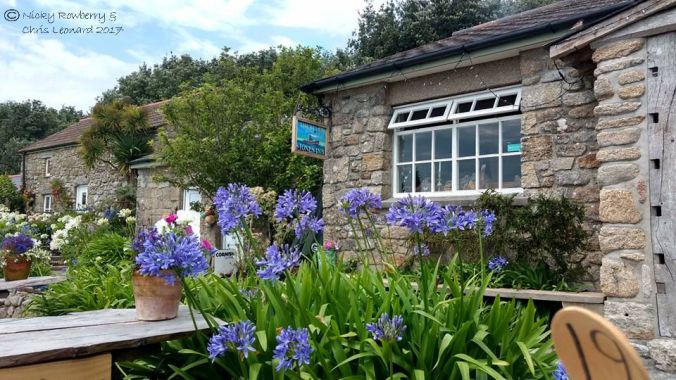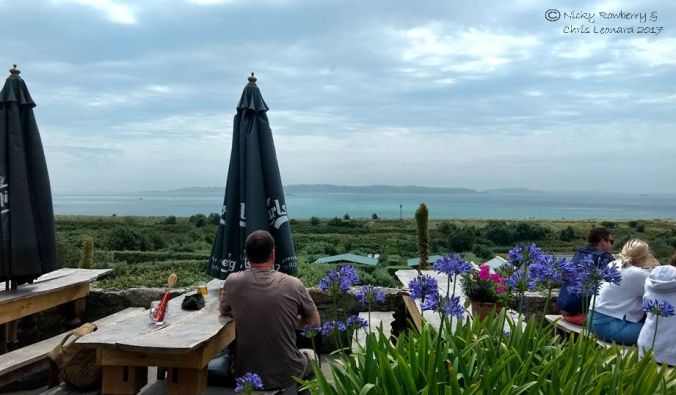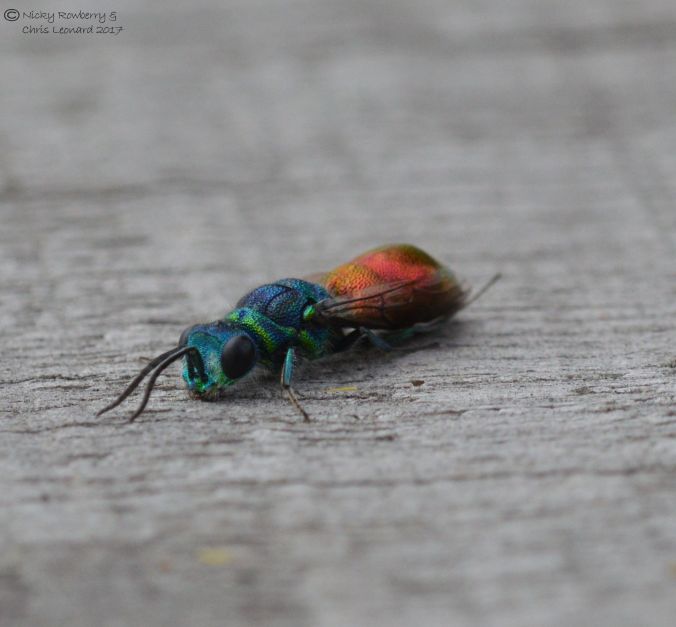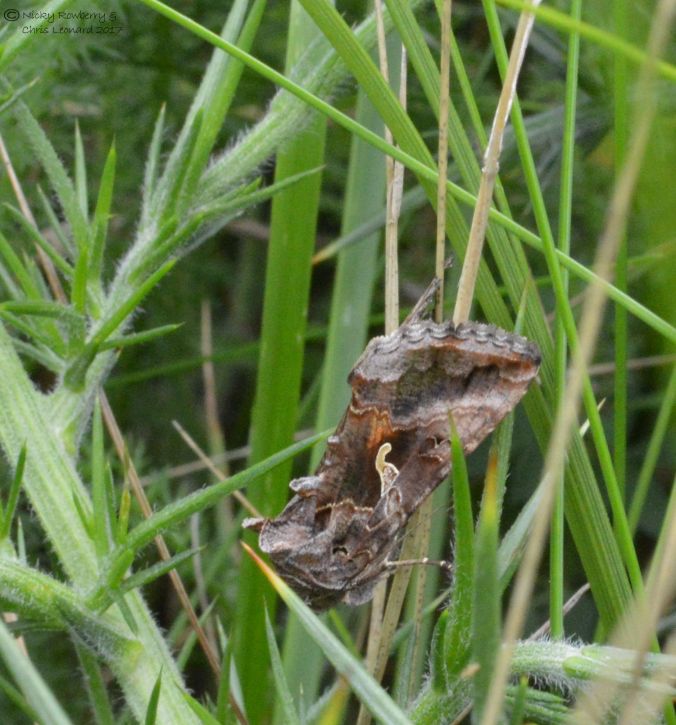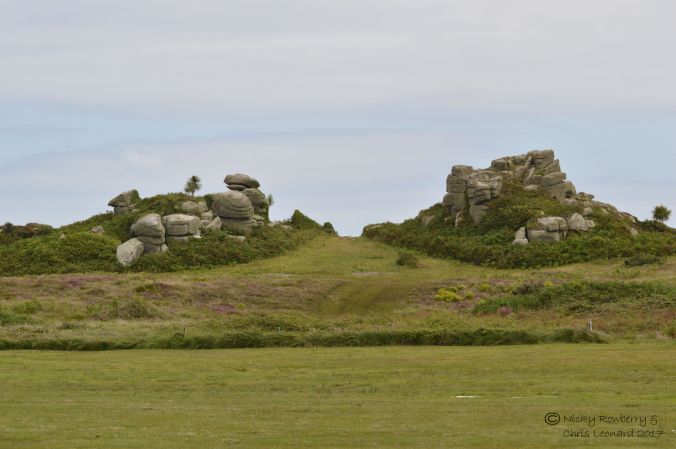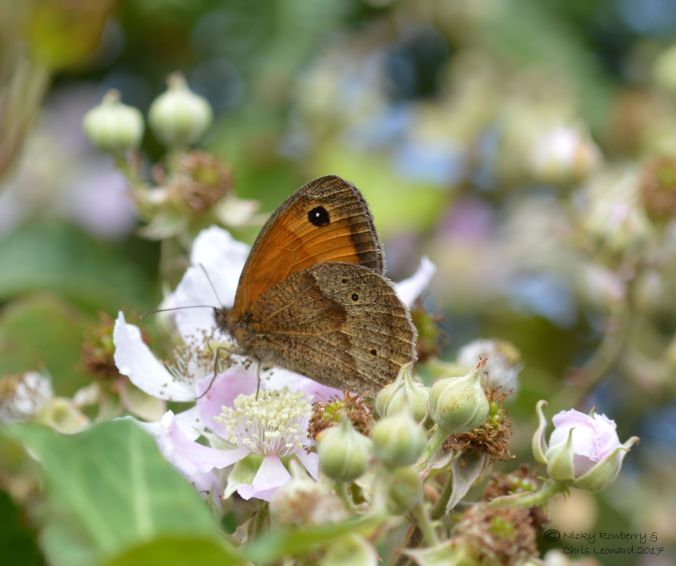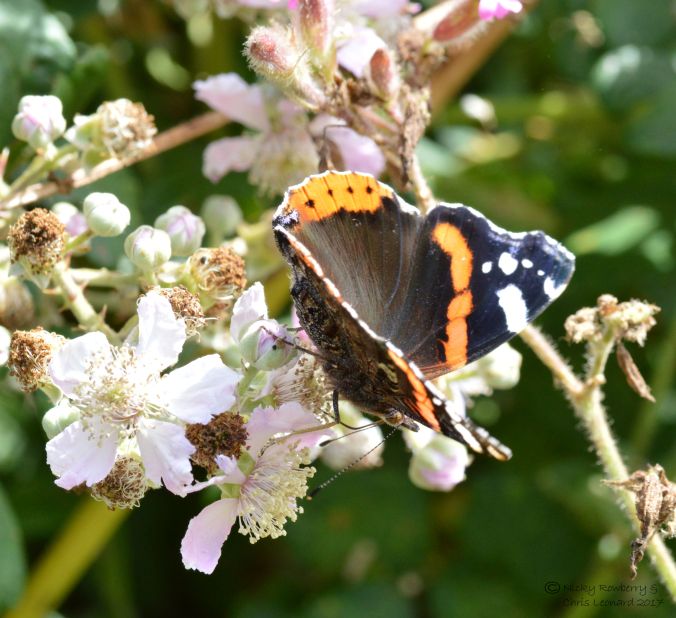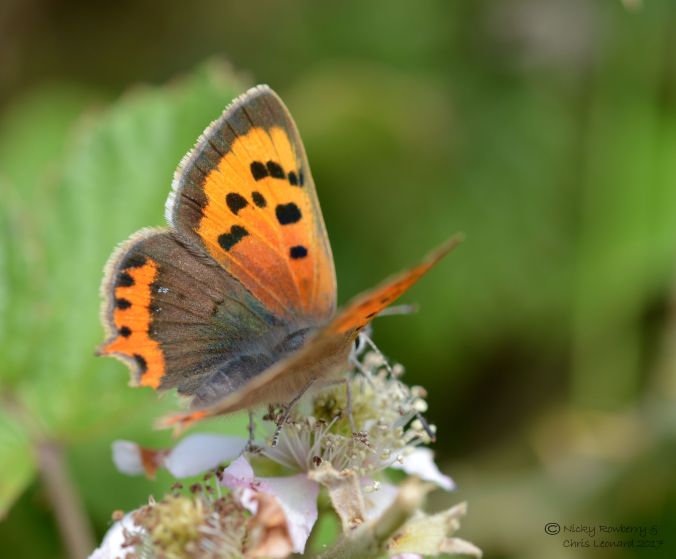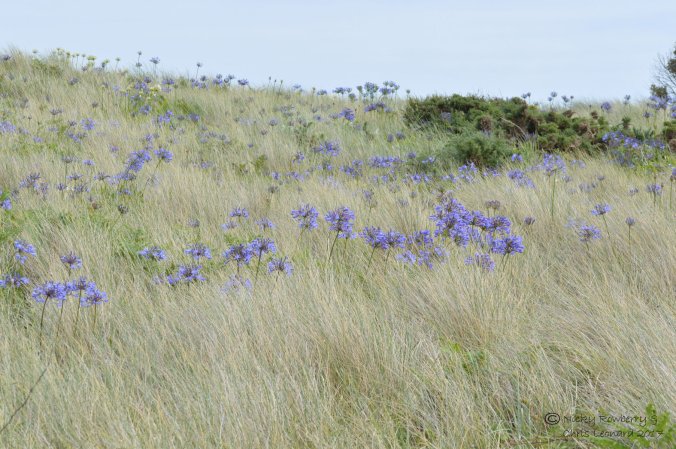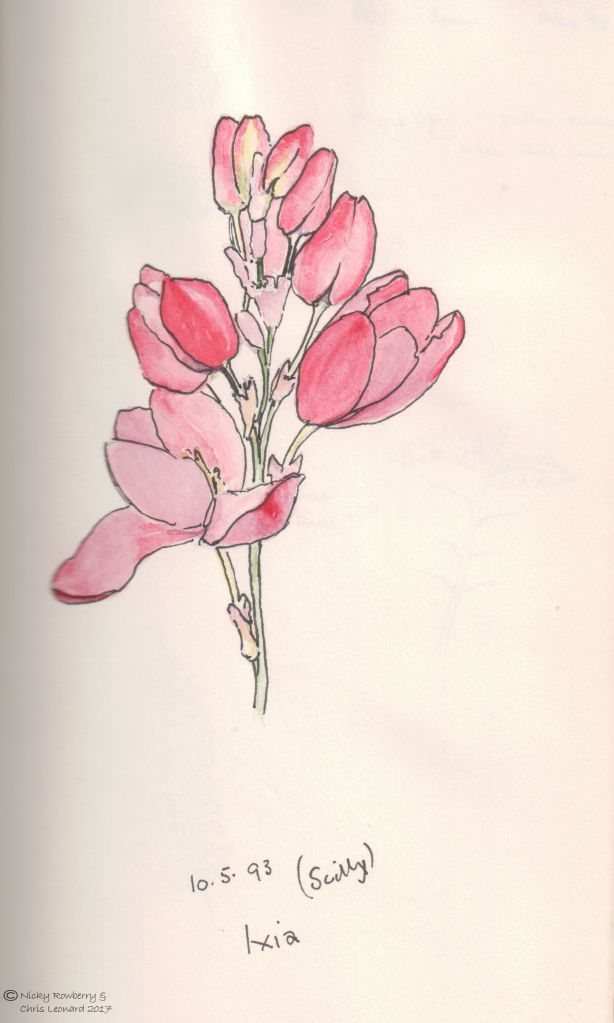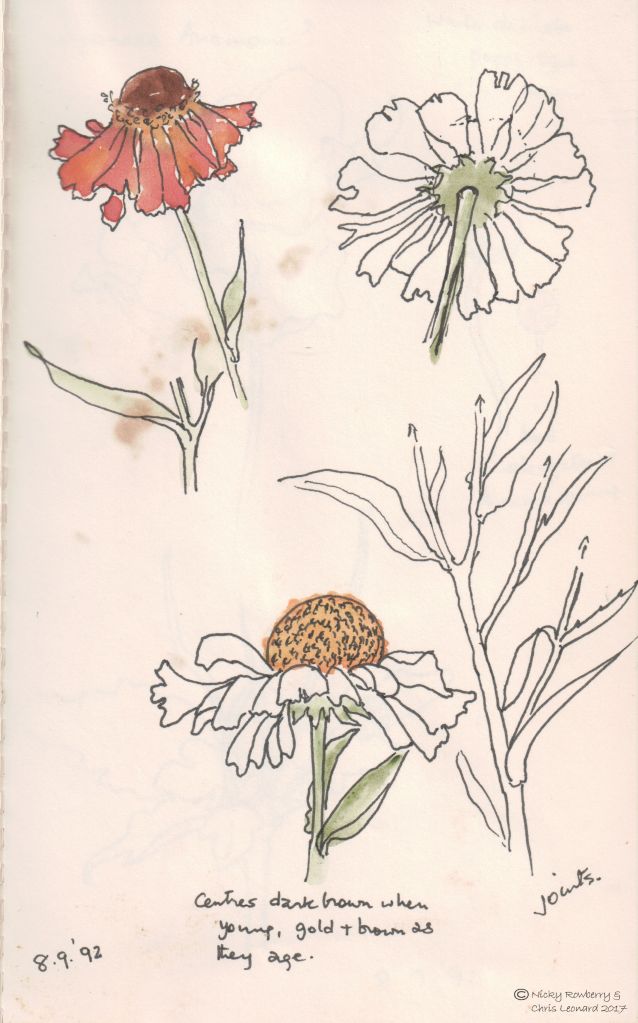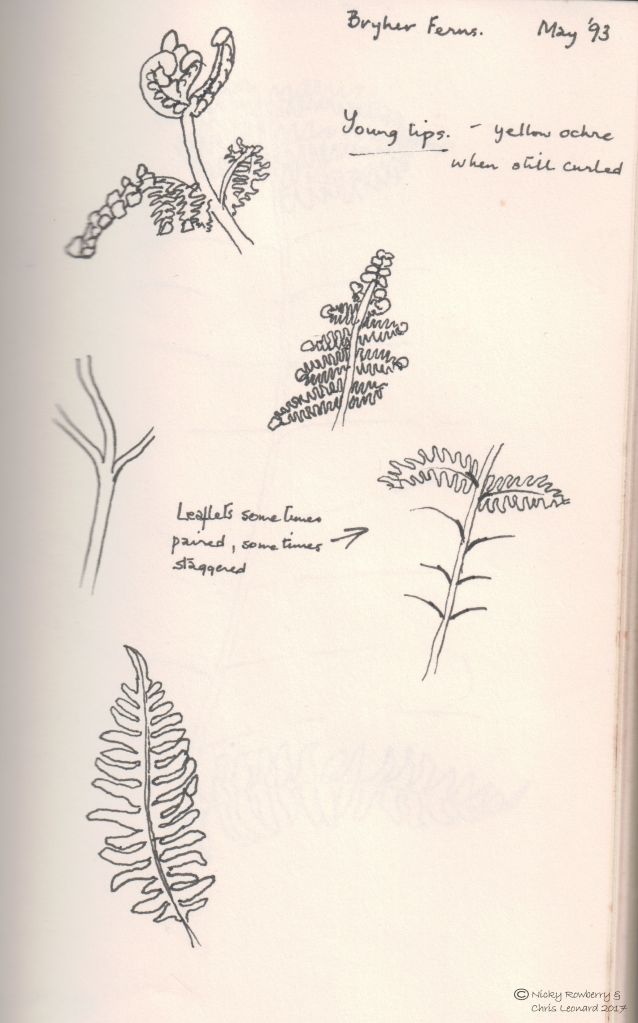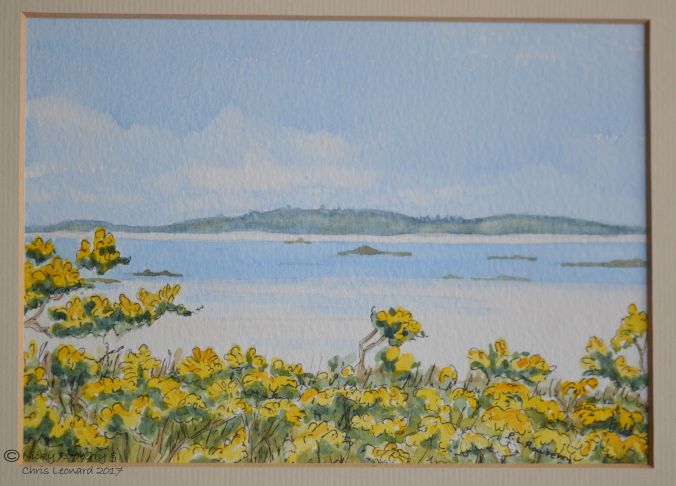It’s taken me a couple of weeks to get this written, mainly because 2017 was such an eventful year for us. I started compiling it and couldn’t believe how much we saw and did in one year; but it was lovely going through the old blog posts to refresh my memory.
First of all the successes and failures of last year’s New Year’s Resolutions. I think these definitely come under the “could do better” category, but we did at least try with most of our wildlife ones, which is more than can be said for my Cut Down on the Prosecco plan. So here’s the progress on our 7 resolutions for 2017.
 1. Build new pond. Well I did achieve this, just not in the place I expected to. The plan was to put a new pond in the garden. That didn’t happen, but I did get an allotment (with my sister) and first job we did was put in a small pond. Within months we’d had frogs, newts and dragonflies, so well worth the effort.
1. Build new pond. Well I did achieve this, just not in the place I expected to. The plan was to put a new pond in the garden. That didn’t happen, but I did get an allotment (with my sister) and first job we did was put in a small pond. Within months we’d had frogs, newts and dragonflies, so well worth the effort.
 2. Get footage of the blue tits fledging. Well this didn’t happen, but it wasn’t for want of trying. We put up a new box with integral camera. Things were looking good when we caught a blue tit checking it out almost immediately. Unfortunately they then decided to nest elsewhere this year. You can lead a blue tit to a nest box, but you cannot make it nest!
2. Get footage of the blue tits fledging. Well this didn’t happen, but it wasn’t for want of trying. We put up a new box with integral camera. Things were looking good when we caught a blue tit checking it out almost immediately. Unfortunately they then decided to nest elsewhere this year. You can lead a blue tit to a nest box, but you cannot make it nest!
 3. Seeing new species of butterfly – we actually over-achieved on this one! We managed to bag 5 new species: Duke of Burgundy, Wall, Small Pearl Bordered Fritillary, Grizzled Skipper and Large Blue. This takes us to a grand total of 43 species of British butterfly seen and photographed. Only about 16 to go.
3. Seeing new species of butterfly – we actually over-achieved on this one! We managed to bag 5 new species: Duke of Burgundy, Wall, Small Pearl Bordered Fritillary, Grizzled Skipper and Large Blue. This takes us to a grand total of 43 species of British butterfly seen and photographed. Only about 16 to go.
4. Try and find ivy bees at more sites. Not only did I not manage to achieve this, I didn’t see a single ivy bee at all. Chris saw a few, but only at sites where we’d seen them before.
 5. Start compiling a list of hoverfly species in the garden. I did take quite a lot of hoverfly pictures, (including this lovely Chrysotoxum species) but totally forgot that I was going to start listing them. I could probably retrospectively go back through the photos and list them all – but what are the chances of that happening?
5. Start compiling a list of hoverfly species in the garden. I did take quite a lot of hoverfly pictures, (including this lovely Chrysotoxum species) but totally forgot that I was going to start listing them. I could probably retrospectively go back through the photos and list them all – but what are the chances of that happening?
 6. Do 30 Days Wild again. Thankfully a big YES to this one. I had a fantastic time in June doing 30 Days Wild and was really chuffed to get shortlisted again for the Wildlife Trusts’ Blogger Awards. Not only that but Worcestershire Wildlife Trust were looking for someone to write about it – so I even got a magazine article published!
6. Do 30 Days Wild again. Thankfully a big YES to this one. I had a fantastic time in June doing 30 Days Wild and was really chuffed to get shortlisted again for the Wildlife Trusts’ Blogger Awards. Not only that but Worcestershire Wildlife Trust were looking for someone to write about it – so I even got a magazine article published!
7. And finally my quest to get a moth tattoo has failed once again. No surprises there.
So on to the other things we got up to last year. 2017 started with the shocking realization that I’d hit 50! To lessen the pain, Chris got us a day at some wildlife photography hides in Worcestershire. We had a fantastic bird-filled day watching kestrels, kingfishers and all sorts of other beautiful birds. Best birthday present ever!
The second big event was getting our allotment. Despite my “too lazy to weed” philosophy, I have always fancied an allotment and my sister and I now finally have one. We are gardening it organically, feeding the birds, encouraging pollinators and of course we’ve put in our pond. Neighbouring plots even have slow worms, so we’re hoping we can attract a few of those over to ours soon too.
 A big change for me in 2017 was that I swapped jobs. I now work 2 days a week at the British Hedgehog Preservation Society. We also fostered a hedgehog called Meadow last winter until his release in the spring. We’ve rescued one poorly one found during the day and one juvenile that was too small to get through the winter and taken them to our local hedgehog carer Viv. Not only that but we had almost nightly visitations from other hedgehogs in the garden and got some great trail camera footage. So all in all 2017 has been my Year of the Hedgehog.
A big change for me in 2017 was that I swapped jobs. I now work 2 days a week at the British Hedgehog Preservation Society. We also fostered a hedgehog called Meadow last winter until his release in the spring. We’ve rescued one poorly one found during the day and one juvenile that was too small to get through the winter and taken them to our local hedgehog carer Viv. Not only that but we had almost nightly visitations from other hedgehogs in the garden and got some great trail camera footage. So all in all 2017 has been my Year of the Hedgehog.
One of the highlights in the summer was a holiday in the beautiful Isles of Scilly. We had a fantastic week there, packed full of wildlife and wonderful scenery. Although we loved it all, probably the best thing was seeing puffins. We’d thought we might have been too late in the season, but luckily they were still there waiting for us.
 Not only did we get some great photos, but the one above even won us a mug in the Scilly Isles photo competition. In fact we won 2 mugs, the other being for an old photo of me, my sister and my Dad taken on St Martin’s in 1972.
Not only did we get some great photos, but the one above even won us a mug in the Scilly Isles photo competition. In fact we won 2 mugs, the other being for an old photo of me, my sister and my Dad taken on St Martin’s in 1972. 
Of course we did all our usual things in 2017 – the Big Garden Bird Survey, the Big Butterfly Count, the Garden Bioblitz, Moth night and the annual pilgrimage to see the bluebells on the Malverns. We’ve visited lots of our old favourite haunts, Wyre Forest, Trench & Grafton Wood, Prestbury Hill & Brotheridge Green etc. But we’ve also found some new favourites: Daneway Banks, Upton Warren wetlands, Wenlock Edge and more.
On the home front we have of course continued to let the weeds grow in the garden pretty much unchecked. The postman may soon need a machete to hack his way through the undergrowth to the front door, but it has brought us a wealth of insects and more. I’d thought we’d done well in 2016 when we recorded our 25th species of bee in the garden, but by the end of 2017’s summer we’d hit 31 species.
Moths continued to be my particular obsession throughout 2017. Overall it didn’t seem to be such a good year for moths in the garden – I only recorded 198 species compared to 211 in 2016. This might have been due to trapping effort, as I suffered a couple of stinking colds towards the end of the year and didn’t put the trap out for the last 2 months. Overall though we have now recorded 297 moth species in the garden – not bad for the middle of Malvern! The really exciting news though was that I recorded the first ever Box Tree Moth (Cydalima perspectalis) not only for Malvern, but for the whole of Worcestershire. This species is colonising northwards, so it was great to get the first record for our neck of the woods.
 The sad news for 2017 was that we had to say goodbye to Bert. He was our elderly gentleman with a big voice (the loudest miaow ever!) and a big character. He spent most of his life outdoors, but came to us for his twilight years. We still miss him terribly.
The sad news for 2017 was that we had to say goodbye to Bert. He was our elderly gentleman with a big voice (the loudest miaow ever!) and a big character. He spent most of his life outdoors, but came to us for his twilight years. We still miss him terribly.
So New Year’s Resolutions for 2018 – we might as well aim for a few then there’s a chance we might succeed with a couple at least!
- Butterfly species – continue on our quest to see more of the British species – hopefully another 3 this year?
- Film Blue tits fledging – the box and camera are still all set up, so we just have to hope they deign to nest in it this year.
- Visit 5 new local nature reserves – we have such fantastic places around here, it will be good to explore some more.
- Sort out the garden pond.
- Have a go at a Hoverfly Lagoon – there’s a project looking at how to promote hoverflies in your garden, so it would be nice to contribute to that.
- Of course that moth tattoo that never seems to get done!
Happy 2018 everyone!




































